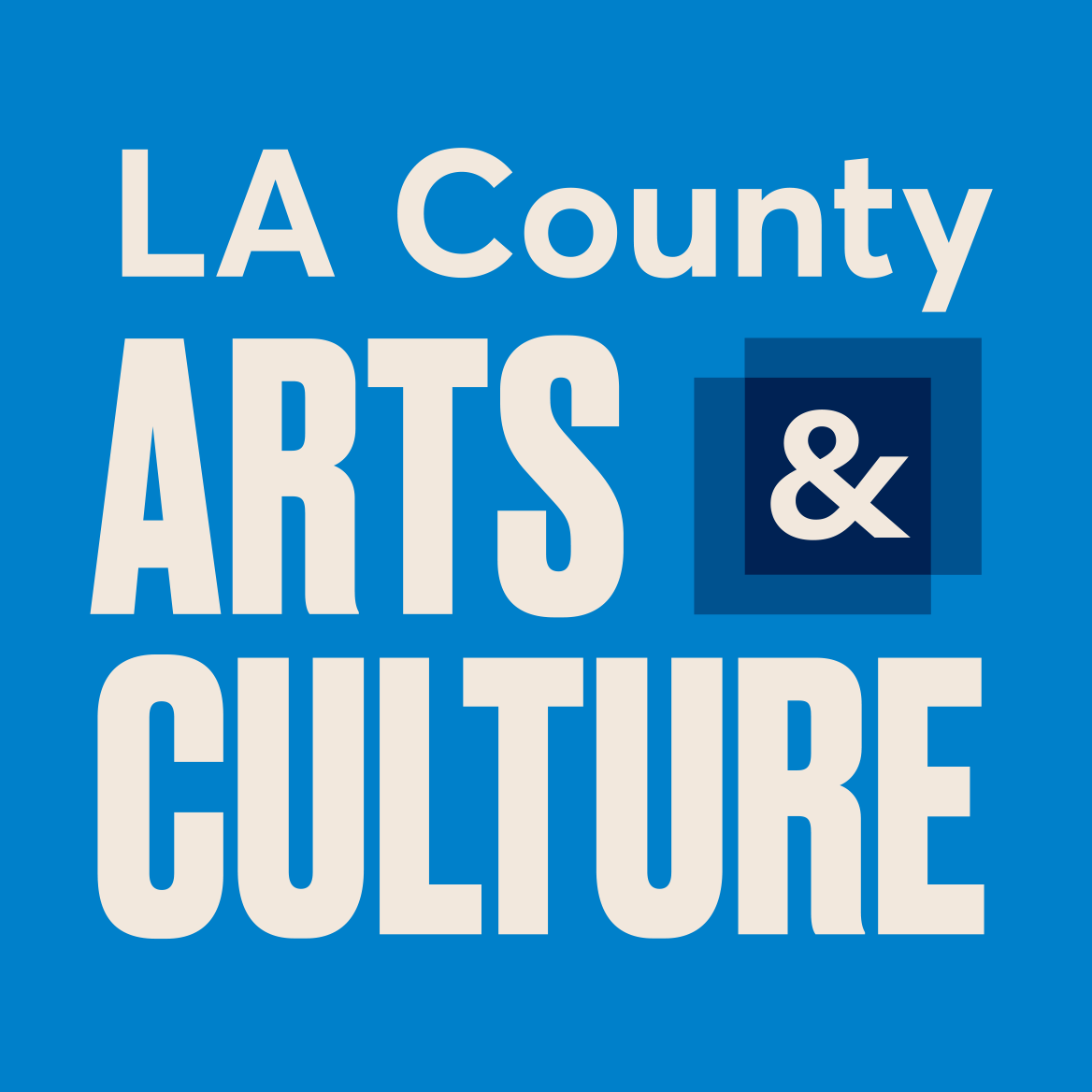This third study by SMU DataArts analyzing the demographic makeup of the arts and cultural workforce in LA County finds a significant shift toward greater racial and ethnic diversity since 2019, particularly at the leadership level. Overall, nearly half of the arts and culture workforce (49 percent) is composed of individuals identifying as Black, Indigenous, or People of Color (BIPOC)
This year's report compares the pre-covid workforce in 2019 to today's workforce (2023). It also goes beyond simple counts of diversity to explore perceptions of inclusion in the workplace, using measures of psychological safety, equitable employment practices, integration of differences, inclusion and influence in decision-making, and overall sense of belonging. The study finds that while race and ethnicity do not appear to correlate strongly with inclusion ratings, on most measures, one’s gender, sexual orientation, and disability status matter for their experiences of inclusion.
Key findings from the 2023 study:
- Hispanic/Latino/a/x workers have the widest gaps in representation relative to the county population (13 percent of arts and culture workers compared to 49 percent of the population)
- Supervisory staff have grown from 34 percent BIPOC in 2019 to 45 percent in 2023
- 72 percent of younger workers (ages 18-24) identify as BIPOC and are more likely to be in non-supervisory positions
- People working in smaller arts organizations rate their employers higher on inclusion than those who work in large arts organizations.
- Among 25 detailed job types, there is statistically significantly higher BIPOC representation among individuals working in project or exhibition functions, facilities personnel, and those employed in constituent-facing roles such as Community Engagement and Programming
- Heterosexual workforce members feel a stronger sense of belonging in their organizations than their LGBTQ+ peers
- Supervisory staff members were least likely to be satisfied or to recommend their job, and reported the highest intentions to leave
A total of 2,964 individuals across 211 arts and cultural organizations in LA County responded to the survey. Organizations that reached a high enough participation threshold received an anonymous report on their organization's demographics. We invite you to explore findings from the first survey conducted in 2016 and the second study in 2019.

